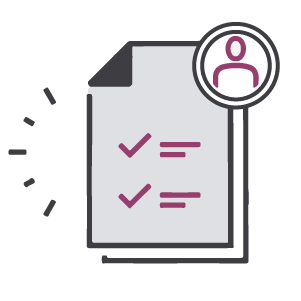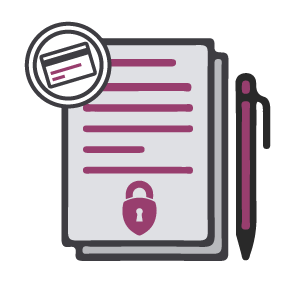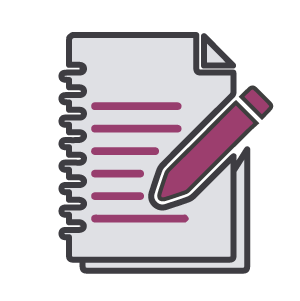Get custom writing services for all academic levels
We offer a wide range of writing services from dissertation writing to thesis statements, from custom essays to research papers, from powerpoint presentations to case study help.
All our papers are 100% original and authentic, written from scratch by our decent team of professional writers. We thoroughly research all papers and properly cite our sources to maintain a high-degree of trust and integrity with our clients
All our writers are carefully vetted for their proficiency in their respective academic spheres, research skills, and ability to work with minimal supervision. All our writers are highly motivated and work day and night within client deadlines to provide all client papers on time.
We have been providing convenient academic writing services to students from all parts of the world. Our company strives to provide cheap, quality, and timely academic help to students all over the world.
Blackboard Masters is a First-class Premium Academic Writing Company licensed in the US. Since 2009, we have been providing convenient academic writing services to students from all parts of the world.
Our company strives to provide cheap, quality, and timely academic help to students who may be struggling to balance between their academic work and assignments. To date, we have successfully completed over 50,000 high-quality academic papers, making us one of the most experienced online academic writing service in the world.
Our writers are carefully vetted for proficiency before adding them to our team of professionals. This allows us to produce only first-rate academic papers for all our clients. We are diversified in terms of academic disciplines and academic levels.
We offer a wide range of writing services from dissertation writing to thesis statements, from custom essays to research papers, from powerpoint presentations to case study help. All our services are available to students on all academic levels from undergraduates to advanced level P.h D students.
Available Writers
Years of experience
Satisfied Clients
Quality Score
• 100% custom original papers
• 100% privacy guaranteed
• Free unlimited amendments
• A wide range of services
• Satisfied and returning customers
• Money-back guarantee
• Professional team of experienced writers
• Direct contact with your writer
• 24/7 Customer Support




Get professionally written academic papers at affordable rates!